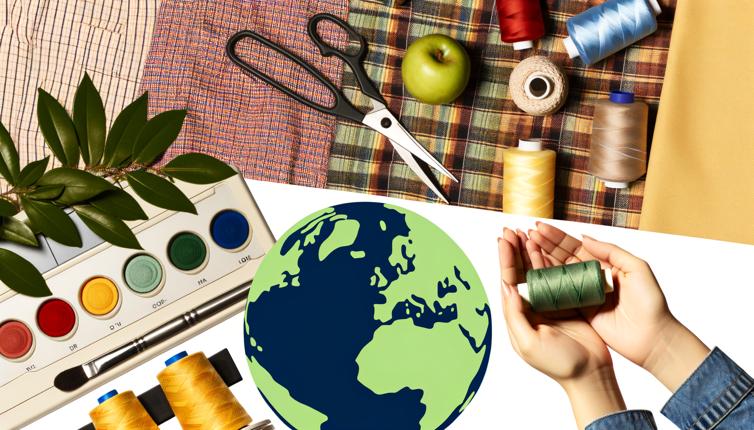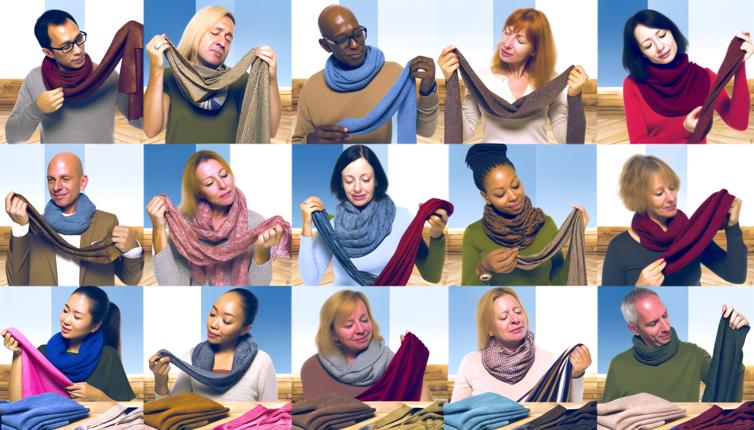Research the Brand
Start by researching the brand's values and mission. Look for brands that prioritize sustainability and ethical practices in their production processes.,Check if the brand has any certifications or partnerships with organizations that promote responsible manufacturing.,Look for transparency in the brand's supply chain. Brands that are open about their sourcing and production practices are more likely to be sustainable and ethical.
Choose Natural and Organic Materials
Opt for apparel made from natural and organic materials, such as organic cotton, hemp, linen, and bamboo.,These materials are grown without the use of harmful pesticides and chemicals, making them better for the environment and your health.,Avoid synthetic materials like polyester, nylon, and acrylic, as they are derived from fossil fuels and contribute to pollution and waste.
Look for Fair Trade and Ethical Certifications
Fair Trade certification ensures that the workers involved in the production of the apparel are paid fair wages and work in safe conditions.,Look for certifications such as Fairtrade, GOTS (Global Organic Textile Standard), and B Corp, which guarantee ethical standards throughout the supply chain.,These certifications indicate that the brand is committed to fair and safe labor practices.
Consider Second-Hand and Vintage Options
One of the most sustainable ways to shop for apparel is by opting for second-hand and vintage items.,These items are already in circulation, reducing the demand for new production and minimizing waste.,By shopping second-hand, you can find unique and stylish pieces while also reducing your environmental impact.
Conclusion
By choosing sustainable and ethically made apparel, you can support brands that prioritize the well-being of the planet and the people involved in the production process. Remember to research the brand, choose natural and organic materials, look for fair trade and ethical certifications, and consider second-hand and vintage options. Your purchasing decisions have the power to make a positive impact on the fashion industry and contribute to a more sustainable future.








